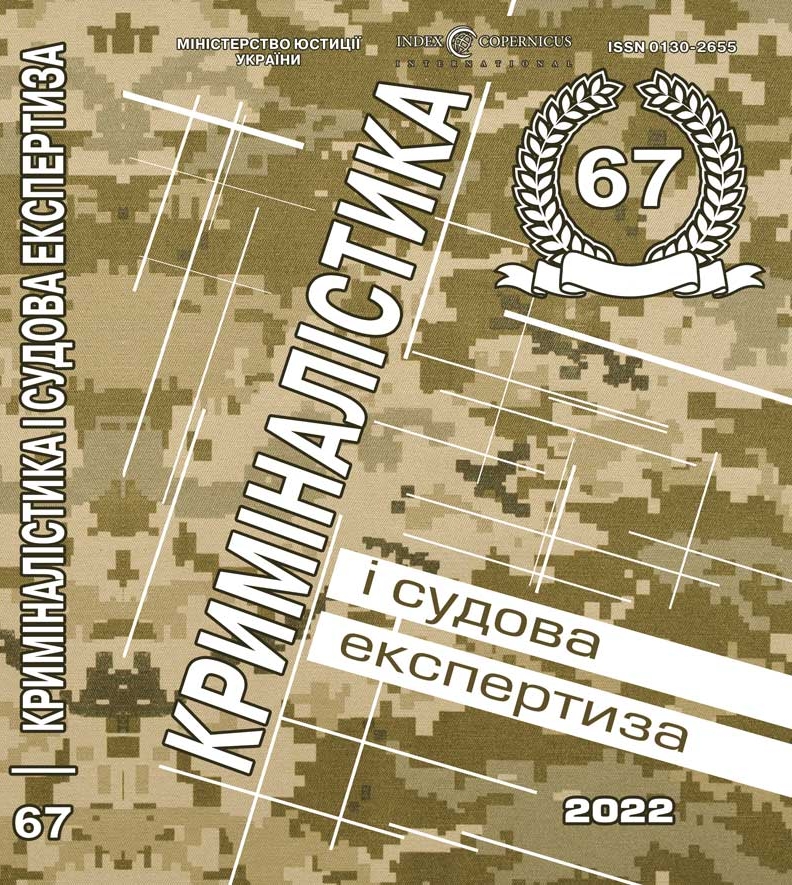
DOI: https://doi.org/10.33994/kndise.2022.67.62
T. Kundilovska
The current state of the commodity market of leather haberdashery is characterized by the predominance of both imported and domestic low-quality products. The lack of proper market supervision and quality control of products that are sold in retail chains and in manufactured goods markets leads to the spread of counterfeit products. Therefore, it is relevant to develop and implement in the practice of commodity experts such methods that can be effectively used to identify haberdashery goods made of leather in order to prevent counterfeit products from entering the market.
The article substantiates the expediency of conducting a comprehensive merchandising examination of leather bags based on the definition of identification criteria.
It is noted that the use of modern synthetic materials imitating leather, and composite polymer materials in technologies for haberdashery goods leads to a change in the range of goods, and product groups, which requires the improvement of expert methods of assessing the quality and market value of goods.
The shortcomings of the normative documentation regulating the terminology, production, nomenclature of quality indicators, quality requirements for materials, and haberdashery made of leather are formulated, it is noted that the standards are obsolete, are not revised taking into account the emergence of new materials, technologies, changes in the range of goods.
The criteria for identifying leather bags are substantiated: the pattern of the derma (surface of the dermis after dressing the skin), the symmetry of the details, the state of processing of accessories and seams, and the characteristics of the lining material, the state of marking and packaging.
Methods for evaluating the quality indicators of goods are systematized, namely, organoleptic, measuring, chemical, and microbiological.
The following algorithm of actions is proposed when conducting a merchandising examination of leather bags: analysis of regulatory and commodity-accompanying documentation; identification and assessment of conformity, taking into account the selected identification criteria and assessment methods; identification of defects; determination of the naturalness of the skin by methods of chemical, microbiological analysis; assessment of combustibility and heat transfer of material by express methods; analysis of identification results and formation of an expert conclusion.
The developed comprehensive methodology of commodity expertise can be used to establish the facts of falsification of leather goods, in the practice of forensic experts in order to determine the market value of goods.
Key words: commodity examination, leather bags, haberdashery, identification criteria, defects.










